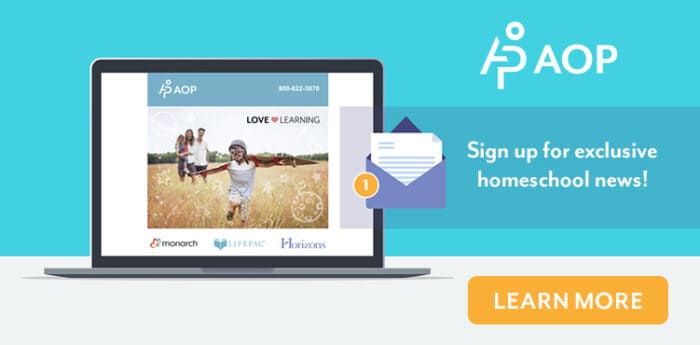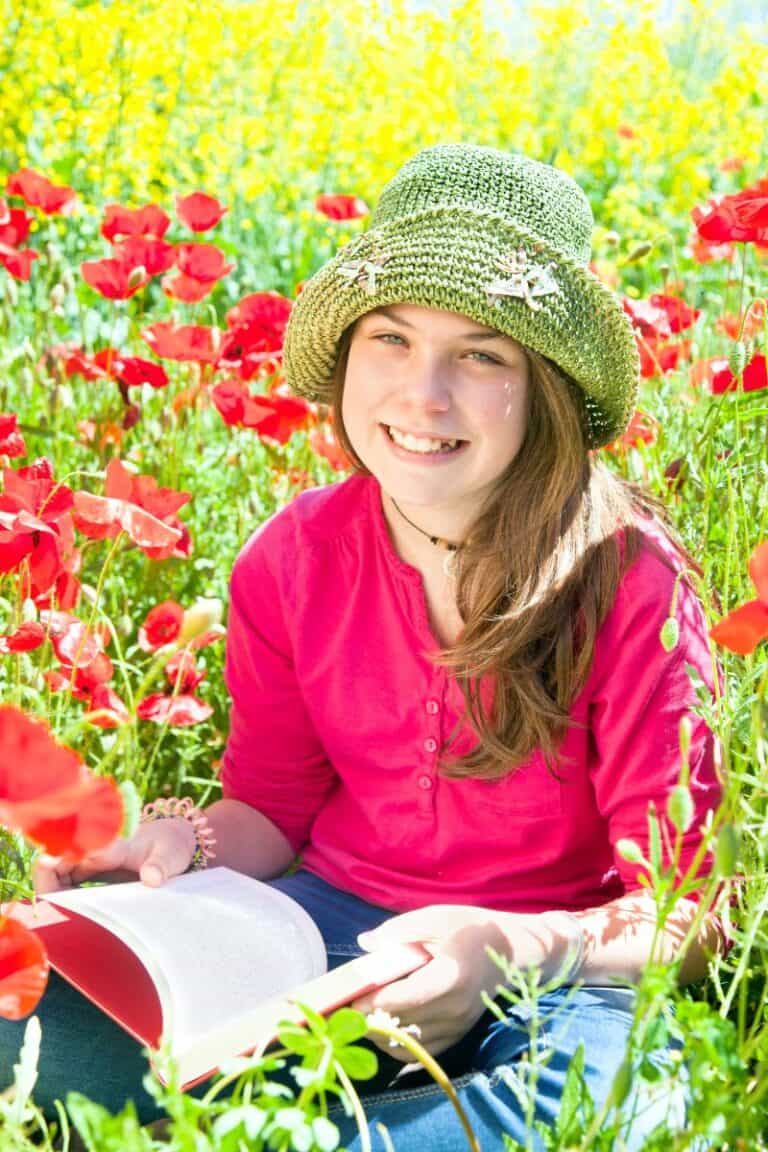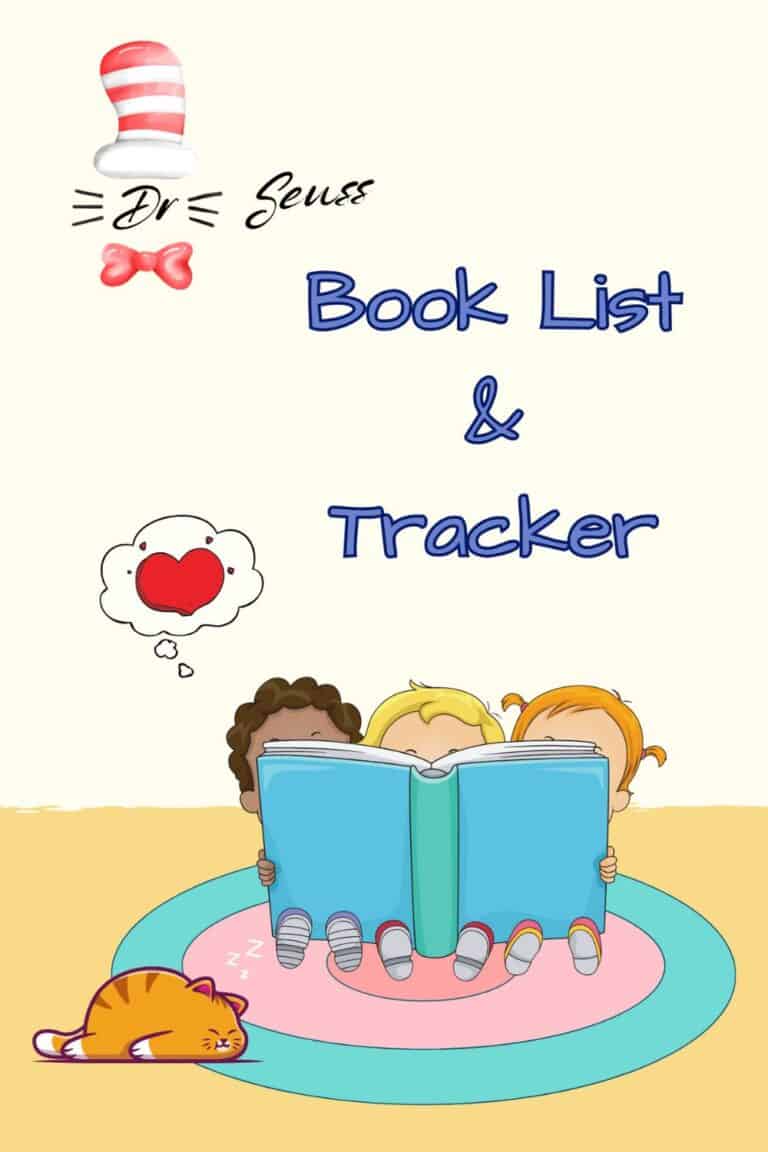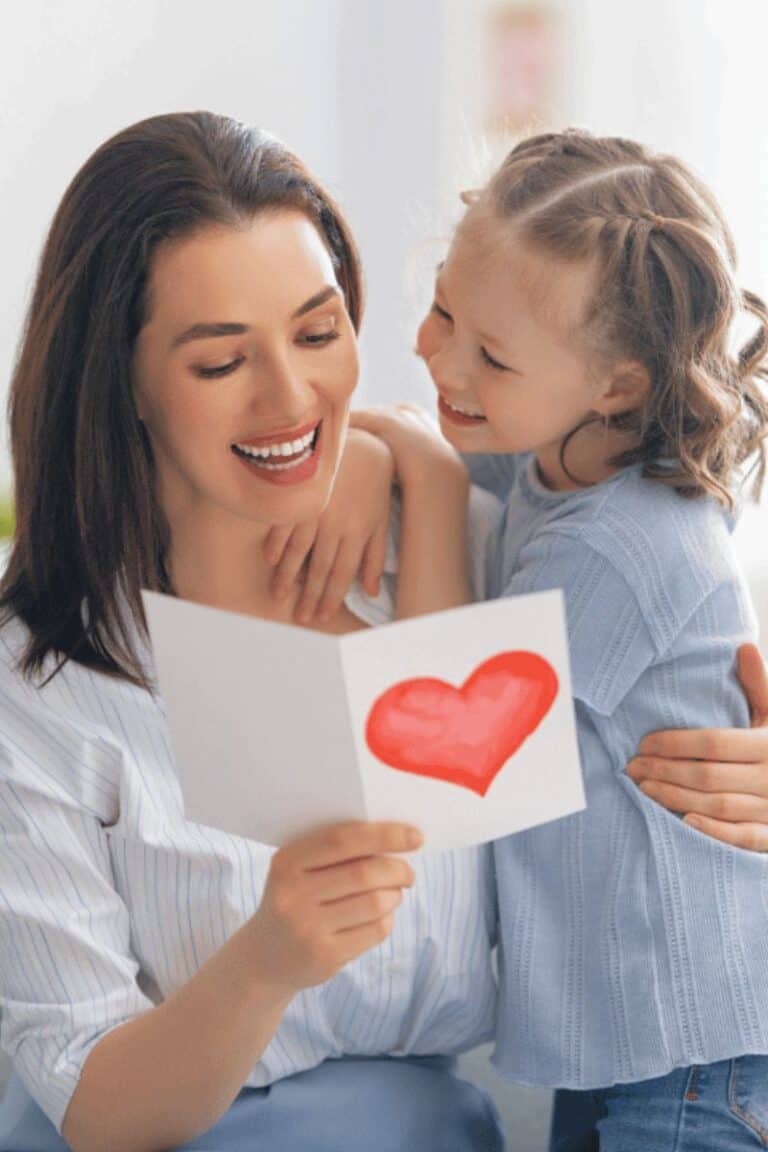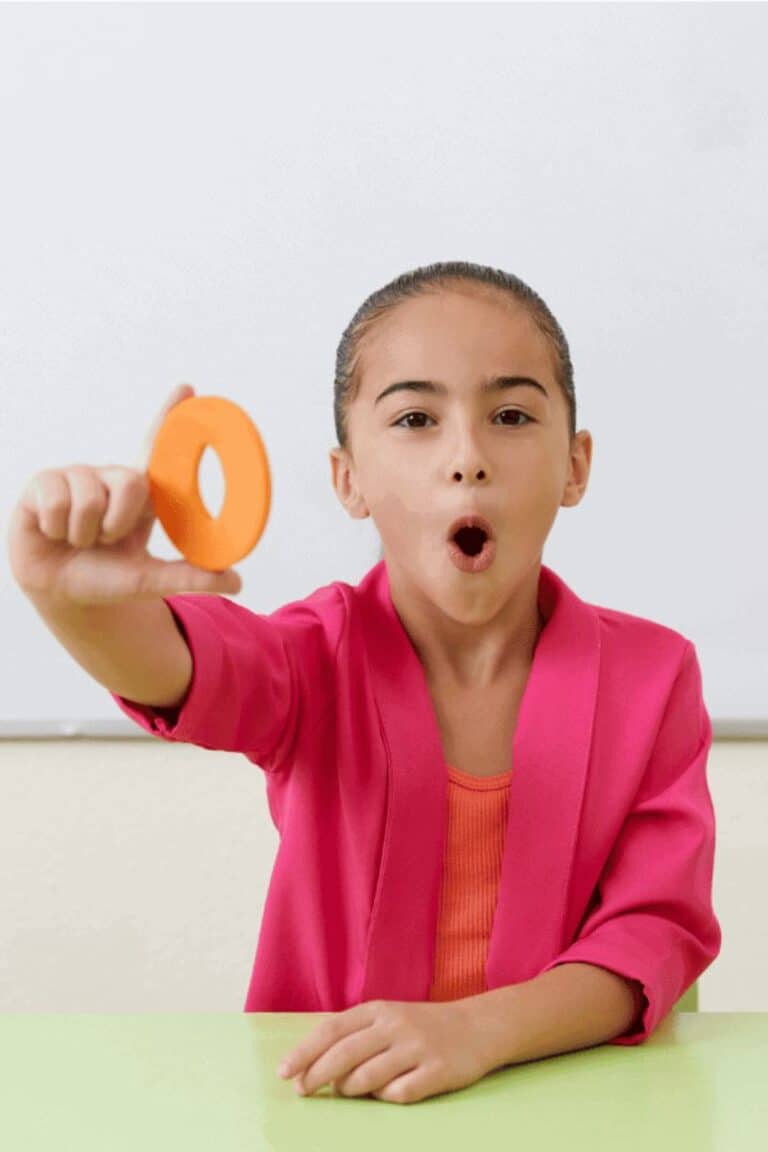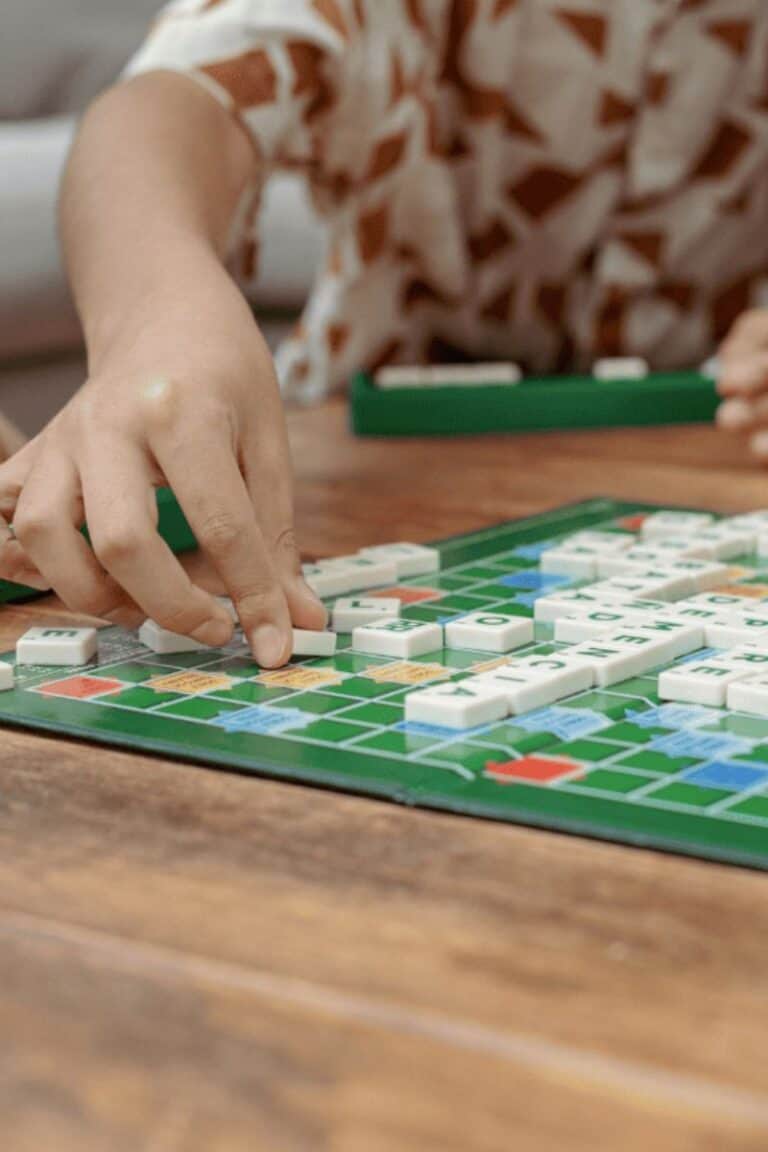How to Teach Kids to Write Paragraphs
Published:
April 25, 2022

Contributor:
Alpha Omega Publications
Disclosure: This post may contain affiliate links, meaning if you decide to make a purchase via my links, I may earn a commission at no additional cost to you. See my disclosure for more info.
Teaching your children how to write a paragraph is one of the basic skills you will cover sometime in elementary school. Learning how to write a strong paragraph is a foundational skill that your kids will need as they progress through school and into more academic writing later on. Here’s what you need to know in order to build good writing skills in your homeschool.
How to Write a Paragraph
A paragraph is simply a group of sentences that has a main focus on one idea. Students can practice writing good sentences using writing sentences worksheets.
Effective paragraphs are structured and organized. Writing a coherent paragraph is a skill that will take time and practice for your children to improve. Here are the main steps in writing a paragraph.
How do you start writing a paragraph?
The writing process begins with a good idea. You want to begin with a central topic. But before your kids put pen to paper, show them how to use graphic organizers to get the ideas out of their heads and into their writing.
Graphic organizers are any visual tool for helping with brainstorming. Some kids learn to use a mind mapping technique, or word webs, where they write down everything that they can think of that relates to the main topic. It’s a good idea to visually draw lines and connect the details on the brainstorm.
The next step after brainstorming onto paper is to craft the topic sentence, or thesis statement. After that, see if your child can come up with three supporting details to add more information to the topic. Once you have this overall structure in place, your child is ready to write a good paragraph. We’ll cover the specific details below.
What are the 5 basic elements of a paragraph?
The five basic elements of a paragraph are unity, thesis, order, coherence, and completeness. The first two elements are connected. The thesis is the single topic in the form of a topic sentence. This single idea or single topic helps bring the unity of the whole paragraph.
The element of unity emphasizes the importance of one main topic to the paragraph. If your topic is too broad, then you will want to narrow it to keep it unified.
Next, order refers to the logical order in which you structure your supporting sentences. But this is where coherence comes in! These supporting sentences need to be woven together clearly and logically using transition words. Finally, the conclusion sentence brings the paragraph full circle by connecting it to the main idea in the thesis. A well-developed paragraph shows all of these five elements.
What is a paragraph example?
There are various types of paragraphs that your students will eventually write, including persuasive paragraphs, short stories, informational writing, compare and contrast, and how-to paragraphs. In essay writing, your students will learn how to craft body paragraphs that work together to form a more comprehensive result in essay writing.
But for this example, the following paragraph example will be a simple informative essay. Here’s a short paragraph that could be written by an elementary student.
The beach is my favorite place. One reason is that I can swim at the shore. Another reason is that I can walk on the sand and collect shells. The beach is also my favorite place because we make memories on vacation there every summer. There is no place as wonderful as the beach.
Of course, this example would be the perfect paragraph for a younger elementary student. As your kids grow in their grammatical and writing ability, they’ll be able to write long paragraphs with more detail and varied sentence structure. But the basic parts of a paragraph remain the same.
Remember, when you read wonderful literature to your kids, they will hear excellent examples of well-crafted paragraphs. Even if they’re listening audibly to a story and not looking at the written word, the quality of literature you use in your homeschool will positively impact your kids when it’s time to write.
What are the 10 steps to writing a paragraph?
Here are the basic 10 steps to writing a paragraph.
- Prewriting – Decide on the main topic you want to write about.
- Brainstorming – Write down ideas about your topic.
- Thesis – Craft the first sentence of the paragraph, which is the topic sentence introducing the paragraph’s main theme.
- Supporting Statements – Draft the sentences that will give more detail or examples of the thesis. Make sure your supporting statements give adequate development to the topic.
- Conclusion – Write the final sentence which rewords the thesis statement.
- Transition Words – Use transition words to make your writing orderly, logical, and connected.
- Editing – Check for punctuation, spelling, or grammar errors.
- Read Out Loud – Read your paragraph out loud to yourself.
- Revising – Rewrite as needed.
- Finalize – Rewrite or type out your piece of writing.
Parts of a Paragraph
Here are the parts of a paragraph broken down with examples.
Writing a Topic Sentence
The most important part of the paragraph is the main idea of the paragraph, which is included in a single sentence. The topic sentences states the main point that all the other sentences will support.
Here are some examples of topic sentences:
- Cats make good pets.
- Baking requires multiple skills.
- Graduating from high school is important for multiple reasons.
- My room is a great place to relax.
- The beach is my favorite place.
So, the first sentence in the paragraph will be the topic sentence. Then, you’ll want to include details about your main idea. Learn about teaching setting in a way that will help kids know how to incorporate those details.
Using Relevant Details
The next several sentences are called supporting sentences. This is where you use facts, examples, and anecdotes to support your central idea. Make sure the sentences clearly link back to the thesis, or topic sentence.
A common mistake in paragraph writing is to make this part of the paragraph too broad. Don’t introduce any new idea here! Keep your series of sentences focused on the main topic.
Here are some examples of relevant details to include after the topic sentence: “The beach is my favorite place.”
- best activities and fun things to do at the beach
- memories from time at the beach
- who is with you at the beach
- talk about the senses – what does it sound, smell, taste like
- specific stories or examples of times at the beach
In a five sentence paragraph, three of the sentences will include relevant details to support the topic sentence.
Using Transition Words
One of the most common problems with paragraph writing is with not using transition words. In other words, your paragraph structure needs to be logical and orderly where the related sentences clearly lead from one to the other. You can also vary the types of sentences you use so that your writing is more interesting.
When you’re teaching young children how to write a paragraph, giving them a list of transition words for kids can help them form their own simple paragraph format. So, the supporting sentences might start with the words: first, next, finally.
Copying a simple model paragraph is an easy way to learn good writing by rote. Soon enough, your children will be able to come up with their own transition words to make their writing smoother.
Writing a Conclusion
The proper structure of a paragraph is completed with a conclusion. The conclusion will summarize or restate the main idea and connect it back to the topic sentence. You don’t want to restate it verbatim, but try to find a slightly different angle to finish out your paragraph.
You may want to have your students write their conclusion sentence along with the topic sentence instead of waiting until the end of the writing process. Sometimes it’s easier to come up with a variety of conclusion sentence options toward the beginning of composing a paragraph and then just narrow it down afterward.
Choosing a Closing Sentence
The concluding sentence has an important role at the end of the paragraph. Notice how a closing sentence can reword the main idea in a slightly different way.
- Topic Sentence: Susie is my best friend for many reasons.
- Closing Sentence: I am so lucky to have Susie as my friend.
- Topic Sentence: The beach is my favorite place.
- Closing Sentence: There is no place as wonderful as the beach.
Free Writing Lesson on Paragraph Components
Teaching your children how to write a well-ordered paragraph doesn’t have to be a chore! In fact, you can download a Free Writing Lesson on Paragraph Components from AOP to help your homeschoolers master this skill.
Be sure to have fun with your kids as you teach paragraph writing. Let them write about topics that interest them! Engage your kids in the process and they’ll be writing their own paragraphs in no time.
More Free Writing Resources:
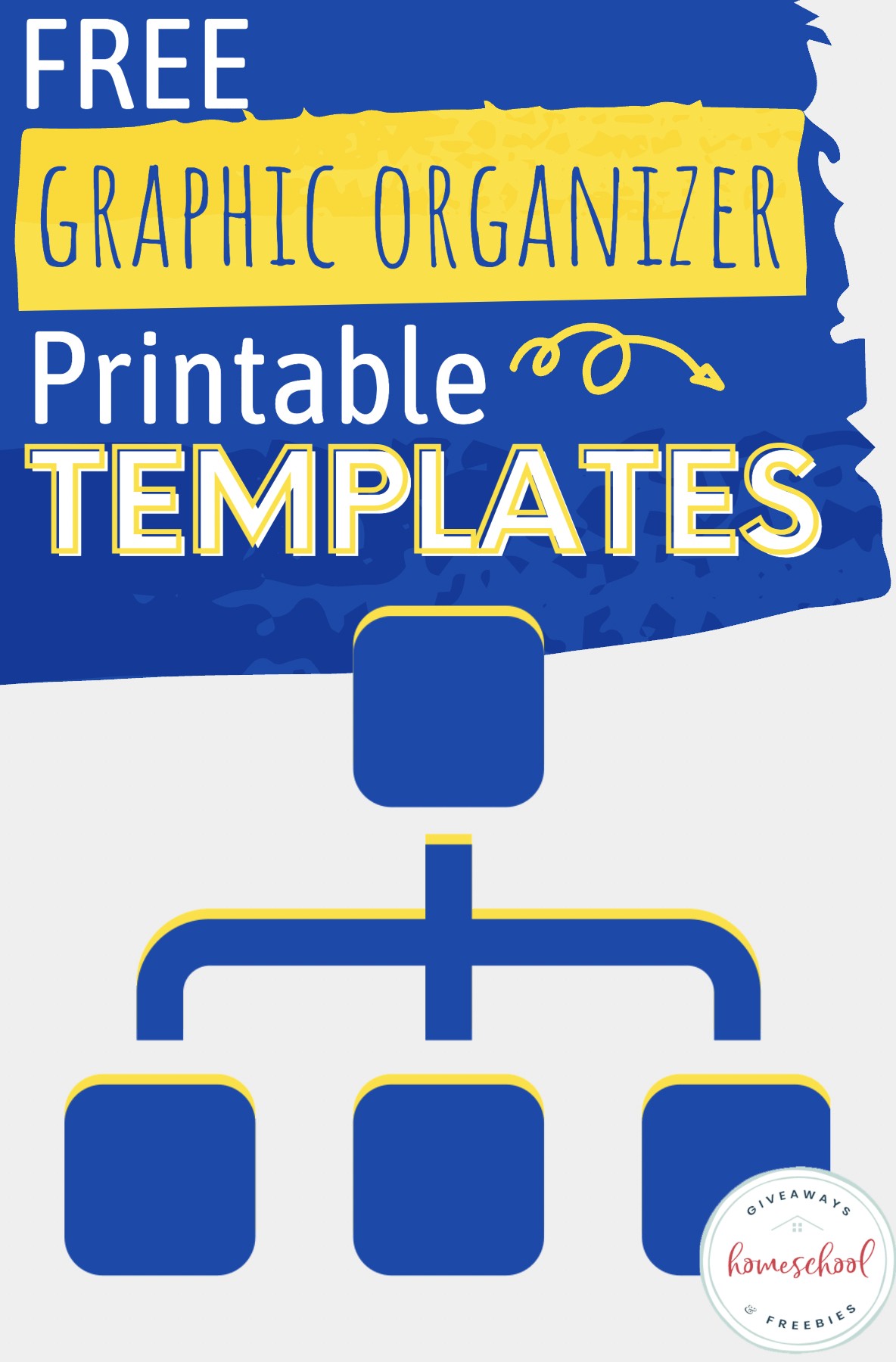 |
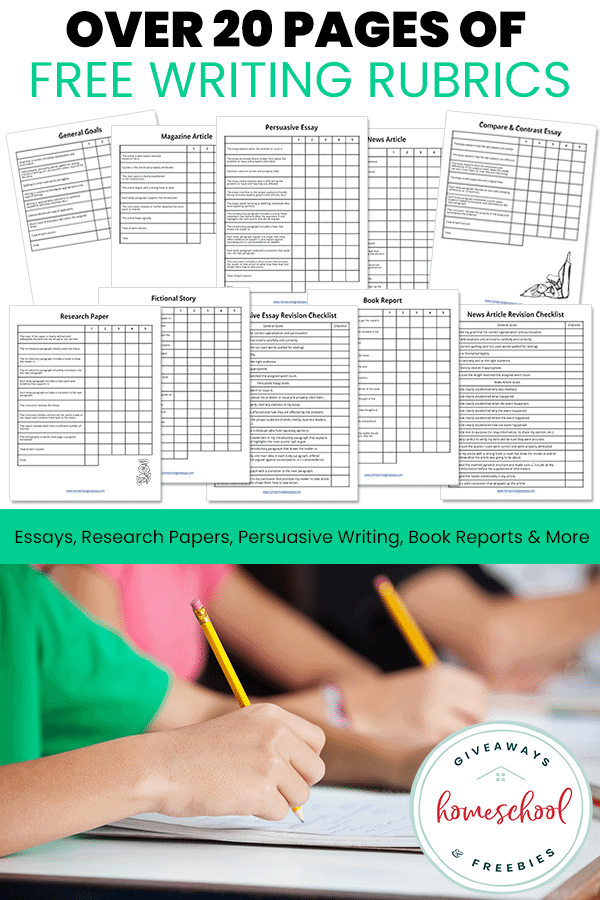 |
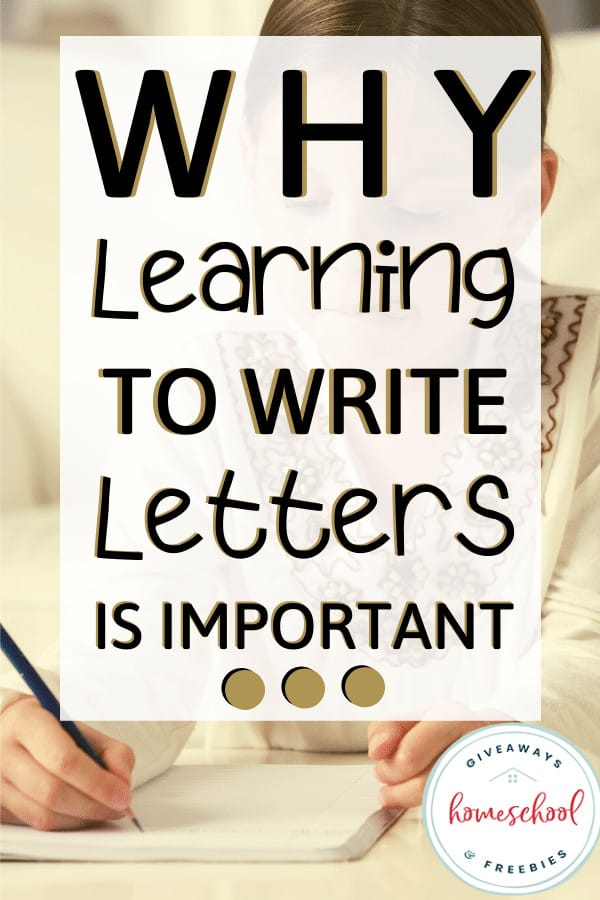 |
||
|
||||


